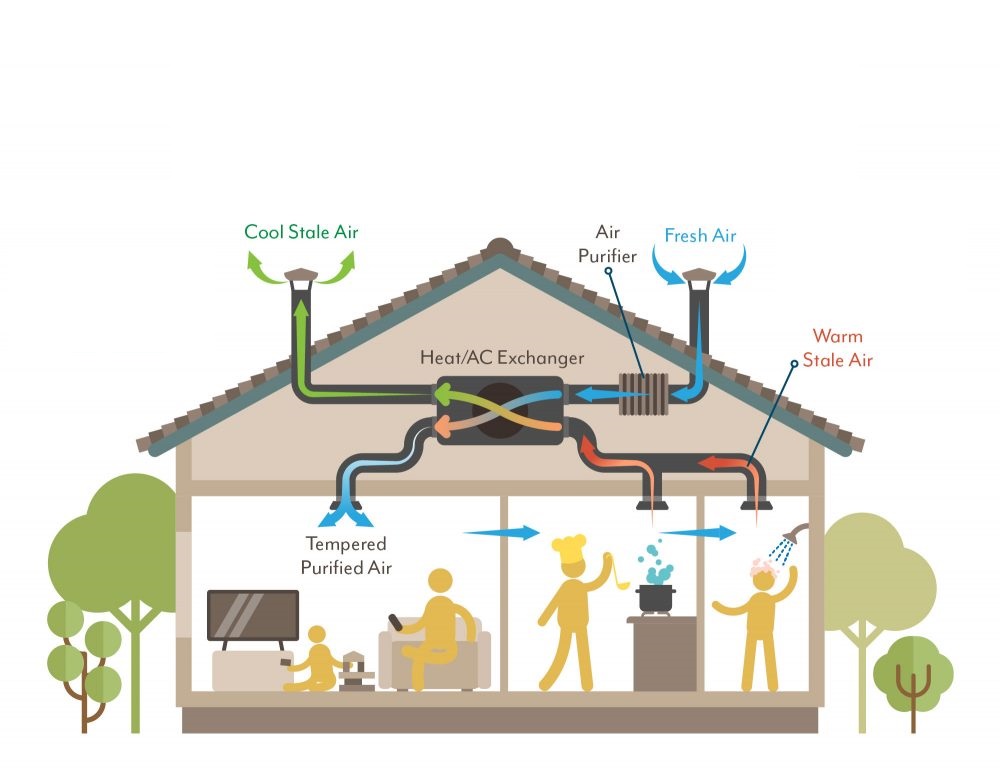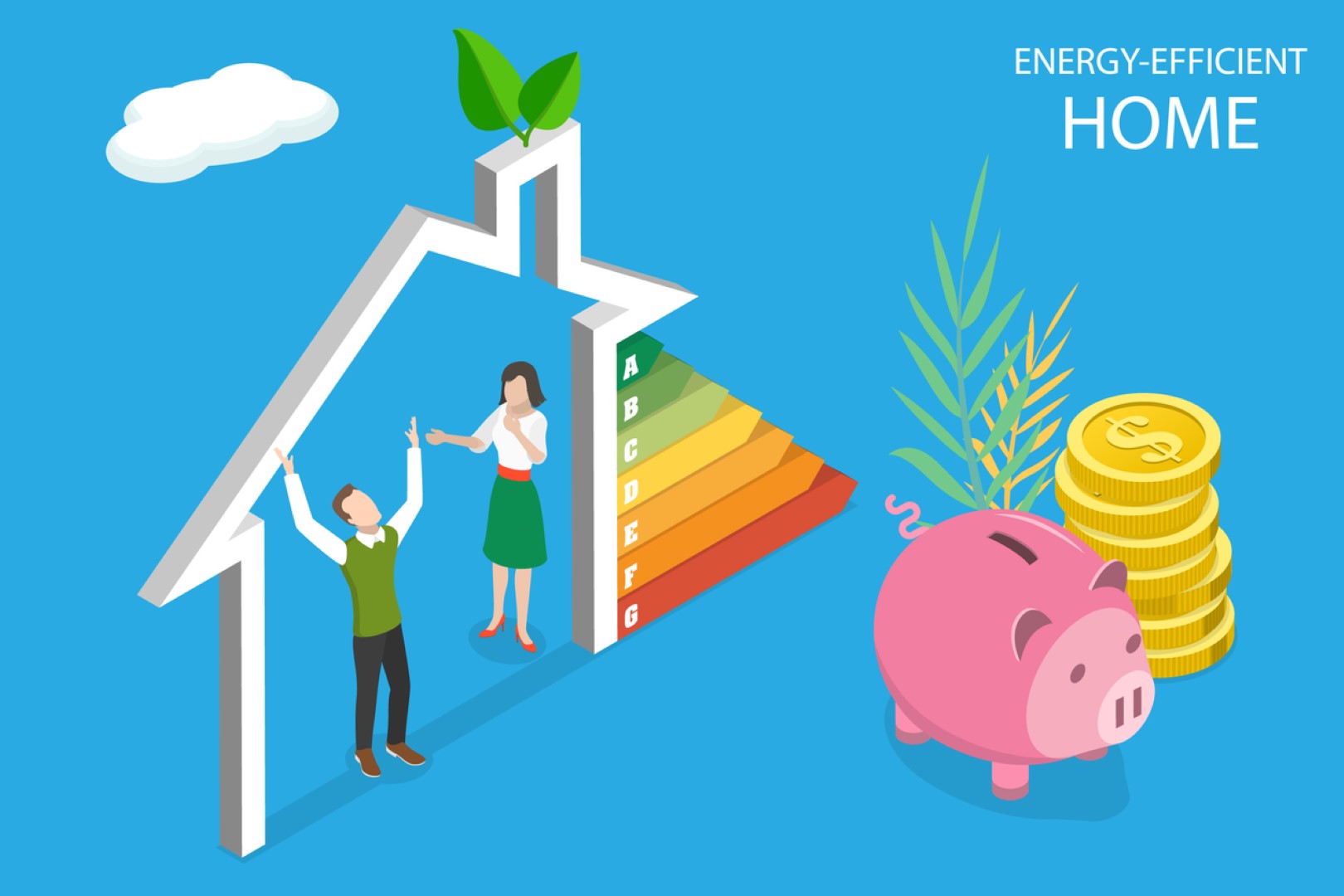Mechanical Ventilation Heat Recovery (MVHR)

Mechanical Ventilation Heat Recovery (MVHR)
This solution provides a continuous supply of fresh filtered air into a building whilst retaining most of the energy that has already been used in heating the building. Heat Recovery Ventilation is the solution to the ventilation needs of energy-efficient buildings. Some of the benefits of installing Mechanical Ventilation Heat Recovery are:
- Improves indoor air quality
- Recovers up to 95% of the heat of the extracted air
- Can off-set heating costs and reduce fuel bills by 25%
- Prevents Damp and Condensation
- Added Value to Your Property
- A Safer Home in Crime Hotspots
FAQ's
An MVHR system is an energy-efficient ventilation solution that provides controlled ventilation to indoor spaces. It simultaneously extracts stale indoor air and recovers heat, preheating the incoming fresh air. This process ensures better indoor air quality and energy conservation.
MVHR systems use a heat exchanger to transfer heat from outgoing air to incoming fresh air. Stale, warm indoor air is expelled outside, while the heat is transferred to the incoming, filtered fresh air, making it warmer before distributing it throughout the building.
MVHR systems offer several advantages, including:
- Improved indoor air quality.
- Energy efficiency and reduced heating costs.
- Balanced humidity levels.
- Reduced reliance on traditional heating methods.
- Noise reduction when windows are closed.
- Better control of allergens and pollutants.
MVHR systems are designed to operate quietly. The noise level is typically low, making them suitable for residential and commercial spaces where noise control is essential.
While MVHR systems can significantly reduce the need for traditional heating, they are not a complete replacement for heating or cooling systems. They work in conjunction with existing HVAC systems to improve efficiency.
Regular maintenance is essential. Tasks include:
- Changing or cleaning air filters.
- Cleaning heat exchangers and fans.
- Inspecting and cleaning ductwork.
- Ensuring all components are free from obstructions.
- Scheduling professional servicing as needed.
With proper maintenance, MVHR systems can last 25-30 years. However, the lifespan can vary depending on the system’s quality and how well it’s maintained.
Many MVHR systems can be integrated with smart home technology, allowing for remote control and monitoring of ventilation settings.
MVHR systems should be professionally installed. Proper installation is crucial for optimal performance and energy efficiency. A qualified technician can ensure the system is set up correctly and meets local building codes.
